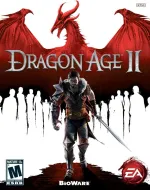Dragon Age II
Hawke. It’s a name whispered in dimly lit taverns across the continent of Thedas. Each retelling brings new embellishments. In one, Hawke is a headstrong, power-hungry female mage, decimating whole legions of Darkspawn in a single battle. In another, Hawke is a mysterious male rogue with questionable intentions. Each person seems to have a version of Hawke’s tale. I’m five hours into Dragon Age II, and this is the story of my Hawke.
Heroic Beginnings
Hawke’s legend begins in Lothering during the events of Dragon Age: Origins. As the doomed village is overrun by the Blight, Hawke escapes with his antagonistic brother Carver, his sister Bethany, and their mother. The desperate family fights through several Darkspawn ambushes, and they save a Templar named Wesley and his wife, Aveline. Upon discovering that Bethany is an apostate – a rogue mage not under the guidance of the Circle of Magi – Wesley attempts to apprehend her, but Aveline’s cool-headedness prevails. “Now is not the time for this,” she reminds him as another wave of Darkspawn attacks the beleaguered group.
As a seemingly endless stream of Darkspawn continues to flow, the makeshift team begins falling to the beasts. One member of the group is killed, and another is mortally wounded. Just as all appears lost, a dragon flies over the horizon, burning a majority of the Darkspawn and scattering the remnants.
The dragon floats down to the charred battlefield and lands before the family, transforming into an old woman before their startled gazes. Aveline is the first to identify her: Flemeth, the Witch of the Wilds. The legendary figure has already saved Hawke and his kin from near-certain death, but she wants to cut a deal. She’ll ensure that they find safe passage across the Waking Sea to the land known as the Free Marches. All she asks is that Hawke deliver an amulet to a Dalish elf tribe camped near the city of Kirkwall…
Warrior
Giant’s Reach – This passive ability allows your regular swings with two-handed weapons to hit multiple enemies.
Scythe – This awesome charge attack sends you hurtling toward enemies. For regular opponents, it’s a great opener, and weak foes will instantly explode into a puff of blood.
Rogue
Evade – This stylish backflip makes any enemy trying to kill you retarget. When upgraded, it also has the potential to stun opponents.
Pinning Shot – Archery-focused rogues need to keep their distance, which is why they’ll want this great skill to push enemies back or stick them in place.
Mage
Winter’s Grasp – This spell slows down enemy attacks and movements, allowing you to avoid powerful swipes by bigger creatures.
Walking Bomb – This fan favorite from Origins causes damage over time. if an enemy is killed while still under the effect, it causes them to explode and injure other baddies in the area.
Dragon Age Moves From Tactical To Tactile
From the moment we first saw Dragon Age II, it was clear that BioWare wasn’t content with creating a sequel that was more of the same. The universe has not changed. Some characters will return. But for better or worse, the gameplay has shifted significantly.
Few would argue that Origins’ transition from PC to console was graceful. While the PC version used pause-and-play tactical combat in the classic computer RPG style, the Xbox 360 and PlayStation 3 ports were dumbed down. The game wasn’t bad on console, but it felt clunky and unsuited to the control format.
Dragon Age II has been designed from the beginning with the intention of being played with a controller, and it shows immediately. The game opens with the dwarf Varric telling a tall tale of Hawke fighting off a horde of Darkspawn on his own. In this segment, I had the chance to play as a fully powered Hawke with all of his high-level warrior abilities.
The biggest change was apparent immediately. In Origins, you would tap a button and watch your character move into place before using an ability or auto-attacking. In Dragon Age II, you’re in full control. You have to move Hawke into attack range, and you have to press the attack button for each swing, arrow, or spell.
Combat doesn’t consist solely of mashing one button. I also had access to a ton of special abilities, such as a shield bash, a jump attack, and a charge that swiftly closed the gap with ranged enemies. This kind of responsive combat is a far cry from the tactical approach of Origins, but when you’re actually in control, it’s a much faster game – and honestly, it feels good.
After I wiped out a healthy number of Darkspawn, the game cut (without loading) back to Varric telling the story. His interrogator, a Chantry seeker named Cassandra, interrupted: "Bulls---! That’s not how it happened!" In Dragon Age II’s framed narrative, Varric’s exaggeration provided an opportunity for me to see how powerful Hawke will eventually become, but at this point the dwarf starts over from the beginning, stripping away those powers and taking the main character back to level one.
It may take another 20 or 30 hours before Hawke is as *** as he was in that introductory sequence, but every time I leveled up and gained a new ability, I felt like it genuinely changed the way I approached battles. Some abilities felt useless or buried in Origins. In Dragon Age II, I found myself using everything at my disposal.
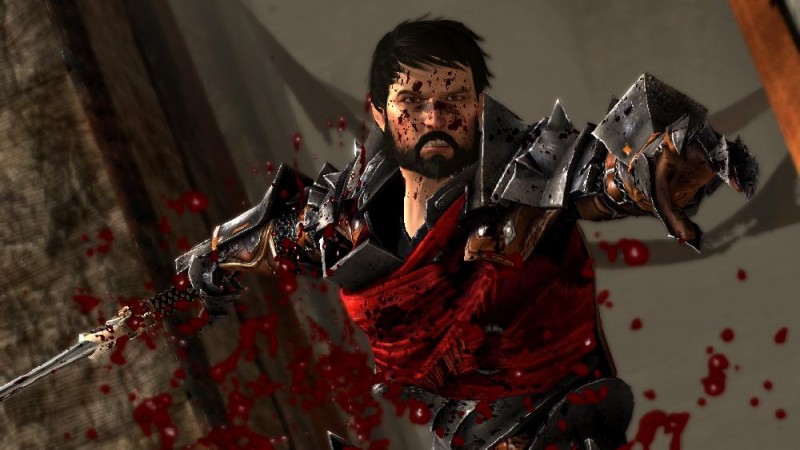
To Kirkwall
With Flemeth’s help, Hawke and company escape Ferelden and make their way to Kirkwall, where Hawke’s uncle resides on a family estate. The situation in Kirkwall is dire. The bustling city is overwhelmed by refugees from the south desperate to escape the Blight, and the city guard is refusing entry to all newcomers.
After spending weeks stuck outside of the city gates, Hawke finally locates his uncle, only to discover that he gambled away the family fortune. This unsavory relative gets the family into the city, but only by cutting a deal that essentially sells Hawke and Bethany into indentured servitude with a group of mercenaries for the next year.
A year passes. The hero of Dragon Age: Origins ends the Blight in Ferelden. Aveline joins the Kirkwall city guard, while Hawke and his family eke out a humble existence in the slums. As his name becomes known amongst the locals, Hawke stumbles into a chance meeting with Varric, brother to the dwarven explorer Bartrand. With the Darkspawn retreating, Bartrand is about to lead an expedition into the Deep Roads, and Hawke wants to join him. Varric can guarantee Hawke a spot – in exchange for a bit of coin.
Hawke begins taking odd jobs around the city to help build up the funds he’ll need. Aveline asks him to stop a caravan ambush. Another member of the city guard offers a bounty for hunting down a group of nobles who conspired against the Warden Commander in Amaranthine. In one of most run-down areas in Kirkwall, he meets a familiar face for those who played through Dragon Age: Awakening.
Upgraded Sights And Sounds Of The Free Marches
Though combat provides the most startling changes from Origins, the dialogue and exploration have also been tweaked in noteworthy ways.
One of the biggest differences is the switch to a conversation wheel rather than just a list of responses. While this mechanic invites comparisons to Mass Effect, I noticed one major change that sets Dragon Age II apart from BioWare’s sci-fi series. Each sector of the conversation wheel features a symbol that provides an easy-to-comprehend indication of the response’s tone.
Dragon Age II features cameos from numerous characters from the first game and its add-ons, but one of the most stand-out examples – and one of the few who will actually join Hawke’s party as a playable character – is Anders, the sarcastic apostate from Awakening. Having already abandoned the Circle of Magi and branding himself as an outlaw in the eyes of the Templar, Anders has also left the Grey Wardens by the time Hawke meets him in Dragon Age II.
Taking up residence in the poorest part of the poverty-stricken city of Kirkwall, Anders has seemingly turned over a new leaf, devoting his life to the pursuit of healing refugees. As you journey with Anders, though, you’ll discover hidden motivations for his new way of life.
Hawke first seeks Anders out in an attempt to procure a map of the Deep Roads from the former Grey Warden. Anders agrees to hand it over only if Hawke helps him rescue a friend who has been captured by the Templar. After breaking into Kirkwall’s Chantry under the cover of night, Anders discovers that his friend has been turned into a tranquil – an emotionless shell who has been cut off from magic.
Confronted by the Templar who did this, Anders goes crazy. His eyes glow blue, his voice booms, and his powers increase. After the battle, he explains to Hawke that he has been possessed by a spirit of justice – essentially the opposite of a demon in the Dragon Age world. It’s uncertain what this spirit of justice wants with Anders or if it’s the same Justice that journeyed with Anders and the Warden Commander in Awakening, but clearly BioWare is setting the mage up for some interesting developments as the game continues.
Like in Mass Effect, the upper-right and lower-right conversation options can broadly be interpreted as the good and evil choices, respectively, but in Dragon Age II they’re better identified as positive and negative reactions to whatever was just said. Most conversations also provide a middle choice that is usually sarcastic or cynical, which allowed me to play Hawke as a smart-ass who asked Flemeth to teach him how to become a dragon. Sadly, she turned down this request.
Conversations flow faster and smoother, partially due to this new system allowing quick dialogue choices and partially because of the more cinematic feel. Lengthy discussions are punctuated with more action, emotion, and camera movement to help keep players engaged.
Faster-paced dialogue also helps maintain interest. Since the world and people of Dragon Age were already built up in Origins, the conversations in Dragon Age II are filled with less exposition. No more staring at a static, unmoving NPC as you slog through hours of dialogue explaining the intricacies of each culture and race in Thedas.
The early hours of the game primarily take place within the city of Kirkwall, a population center that covers more virtual ground than Origins’ Denerim. That already increased size is made even bigger by the new ability to go to the map and visit any area of the city at night as well. Certain story events and quests will only be available by exploring Kirkwall at night.
The map itself has also undergone some major improvements. Whether you’re looking at Kirkwall or the larger map of the Free Marches, areas that currently have active quests are clearly marked, making it easy to jump into a zone where you know you have a quest, blast through it, and move on to whatever is next.
Kirkwall and the surrounding areas have more varied geography than the bleak valleys and desolate forests of Ferelden. At one point, Hawke jokes that Kirkwall is “not brown enough for me,” defending the drab visuals of the first game, but the stylized art direction of Dragon Age II gives the series a whole new life. It reminded me more of the unique aesthetic found in Final Fantasy XII than a standard fantasy game.
After playing five hours of Dragon Age II, I can already tell that a certain subset of hardcore gamers will be upset. If you’re a PC elitist who was concerned that this sequel was being simplified to make it work better on consoles, well, you’re kind of right.
So far, though, it doesn’t seem like it has lost anything core to what made Origins great. The battles may be faster, but they’re still difficult and require mastery of your abilities to overcome high-level opponents. The dialogue may be streamlined, but it has improved the pace and power of the storytelling. The game may have changed, but it’s still Dragon Age, and you’re still likely to give it hours of your life.
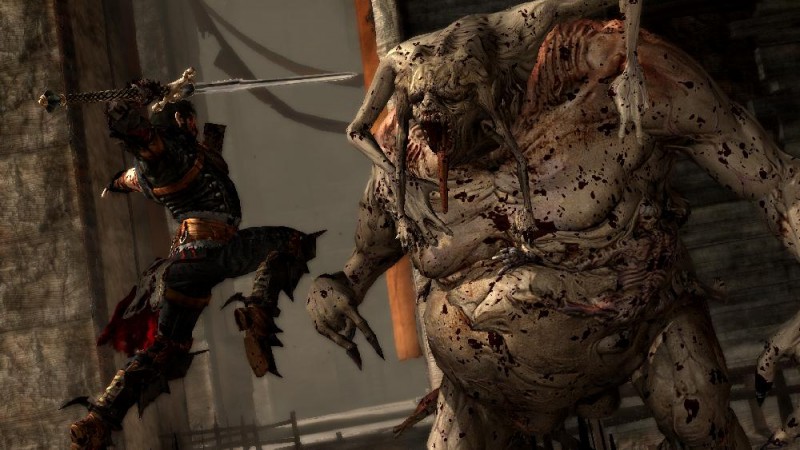
The Ritual
Taking a break from his search for money to join the expedition, Hawke remembers that he has a promise left unfulfilled. He has a delivery to make.
He journeys north of Kirkwall to Sundermount, a mountain pass where he was told that the Dalish elves have made camp. Immediately upon entering the area, he is intercepted by the Dalish and told to leave. He shows them the amulet from Flemeth, and they take Hawke to the Keeper of this clan, who informs him that he must travel to an altar on top of the mountain and perform a ceremony.
To help with this task, Hawke is joined by Merrill, an awkward Dalish elf who is supposed to be the First – the Keeper-in-training for this clan. Instead, for reasons that are left a mystery, she decides to join Hawke in Kirkwall after the ceremony, abandoning her people and becoming an outcast. But first, she and Hawke have an ancient ritual to perform.
Needless to say, the amulet hides a dark secret, leading to one of Dragon Age II’s first exciting plot twists. I’d tell you more, but by this point in the game, your Hawke may be a totally different person than mine, and I wouldn’t want to ruin the surprise.
Leveling Up Levels Up
As part of the effort to streamline and improve the feel of Dragon Age II, BioWare redesigned the UI around leveling up and choosing new skills. Abilities are now laid out in branching trees rather than a series of linear paths, with possible upgrades highlighted in blue as you level up. Each new upgrade also has a greater impact on battles than in Origins. Here are a couple of the most impressive skills I noticed for each class:
Warrior
Giant’s Reach – This passive ability allows your regular swings with two-handed weapons to hit multiple enemies.
Scythe – This awesome charge attack sends you hurtling toward enemies. For regular opponents, it’s a great opener, and weak foes will instantly explode into a puff of blood.
Rogue
Evade – This stylish backflip makes any enemy trying to kill you retarget. When upgraded, it also has the potential to stun opponents.
Pinning Shot – Archery-focused rogues need to keep their distance, which is why they’ll want this great skill to push enemies back or stick them in place.
Mage
Winter’s Grasp – This spell slows down enemy attacks and movements, allowing you to avoid powerful swipes by bigger creatures.
Walking Bomb – This fan favorite from Origins causes damage over time. if an enemy is killed while still under the effect, it causes them to explode and injure other baddies in the area.
[This feature originally published in the March issue of Game Informer.]
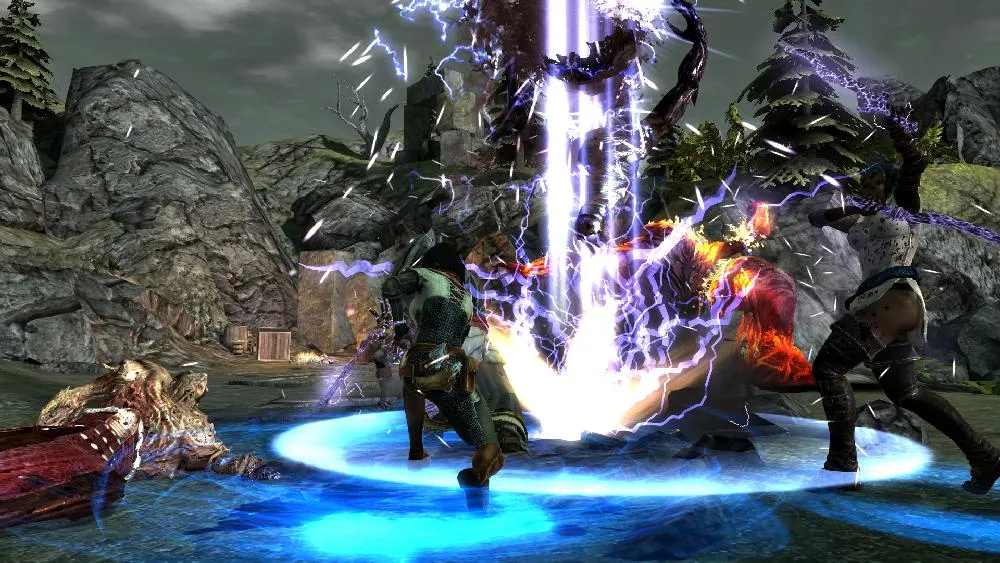
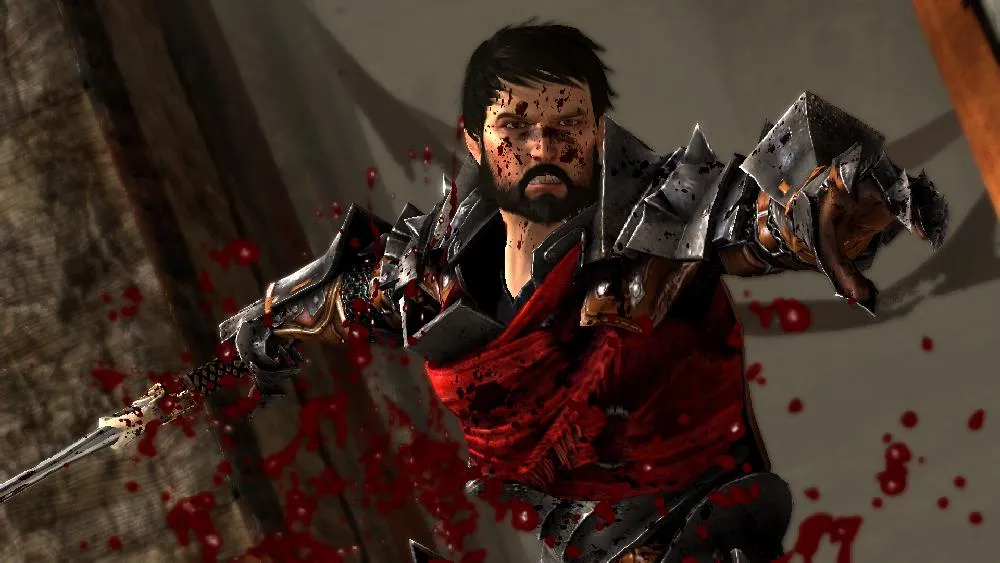
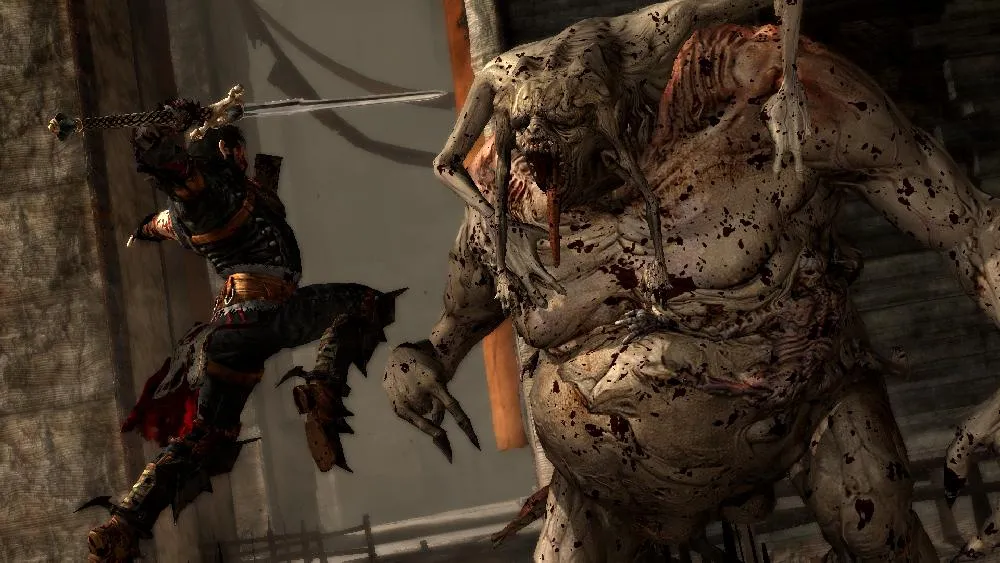
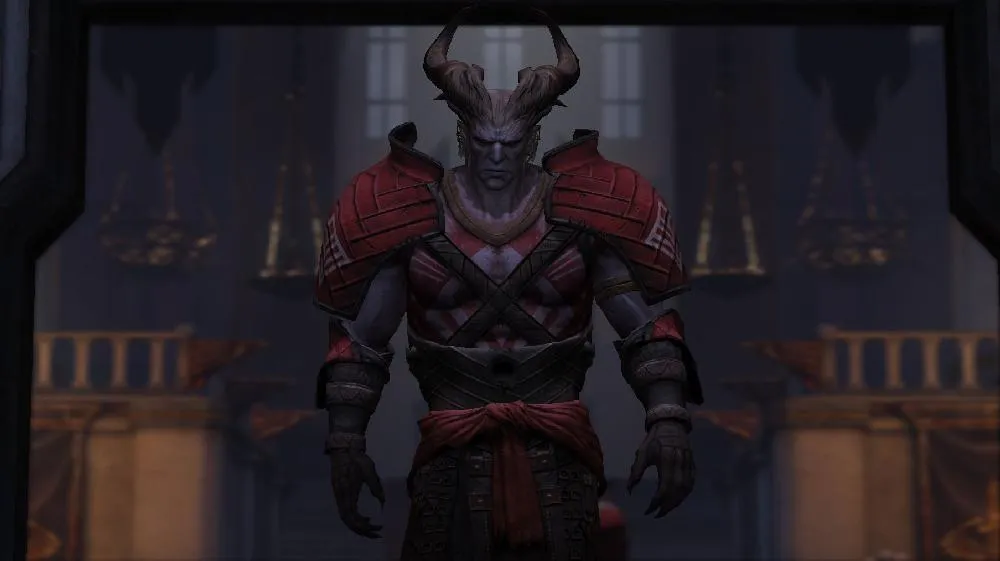
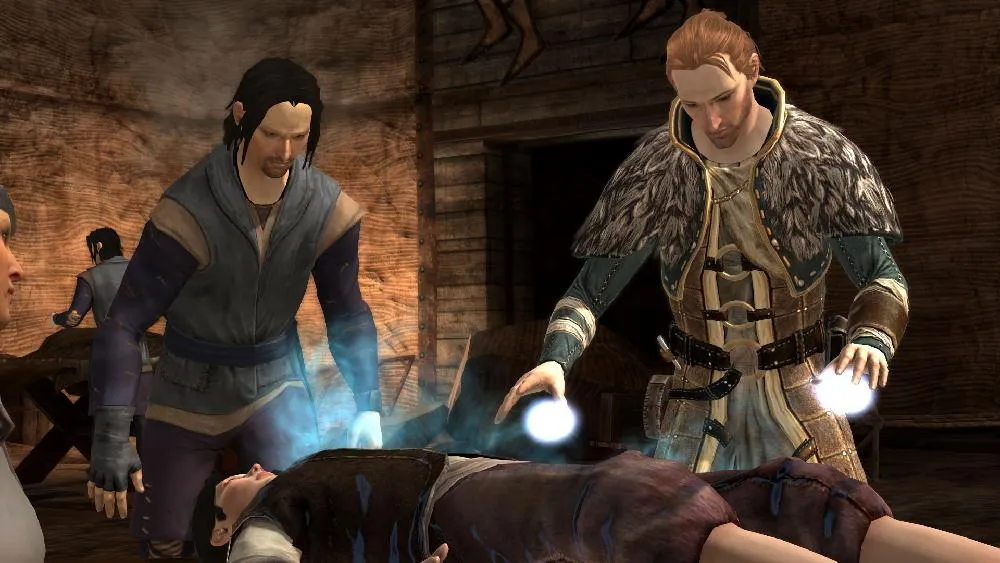
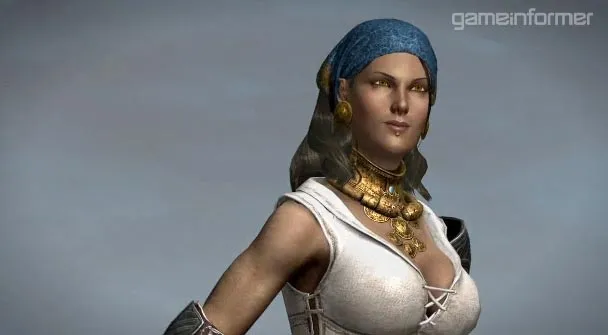
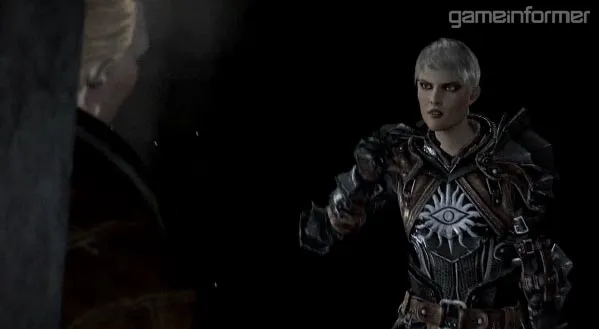
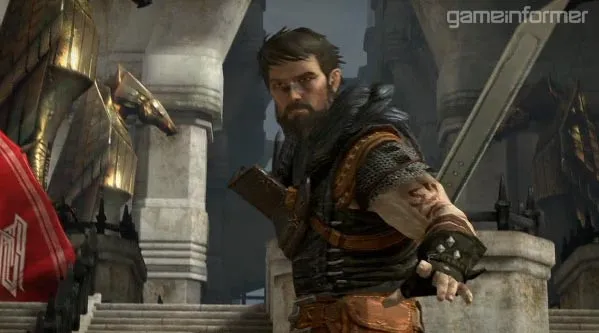
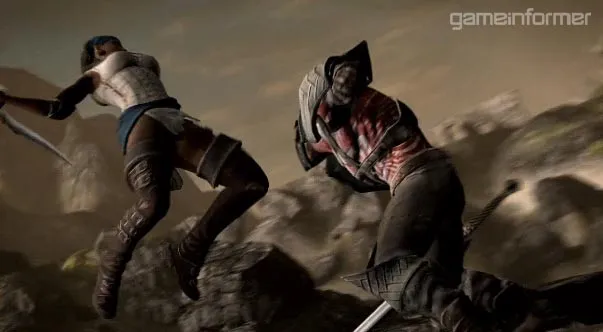
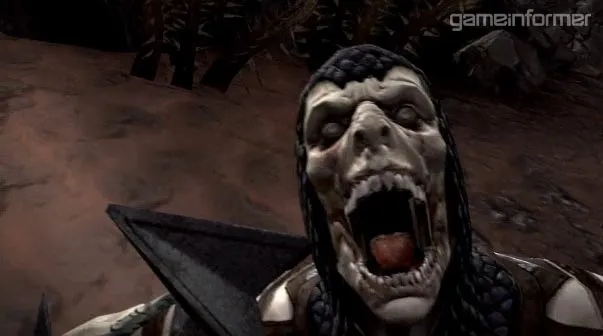
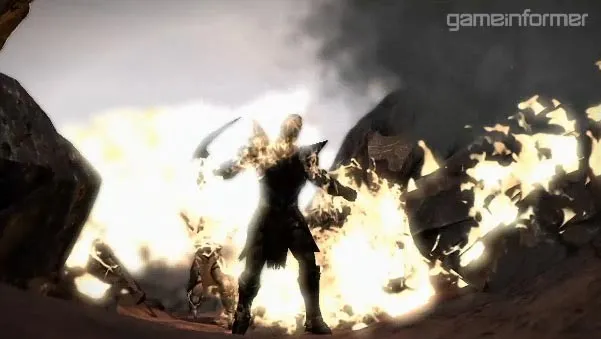
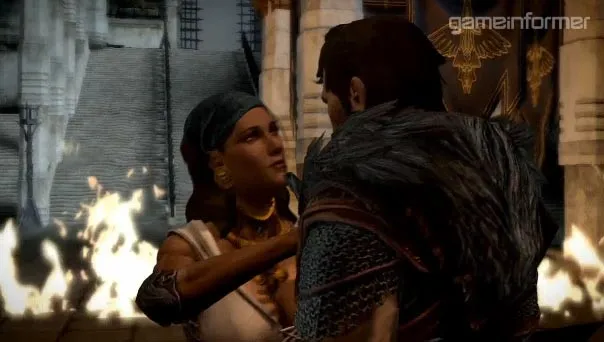
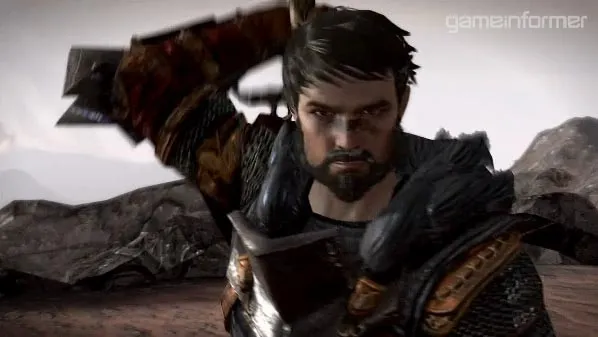
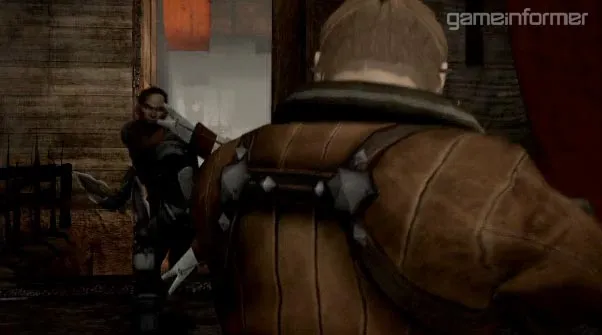
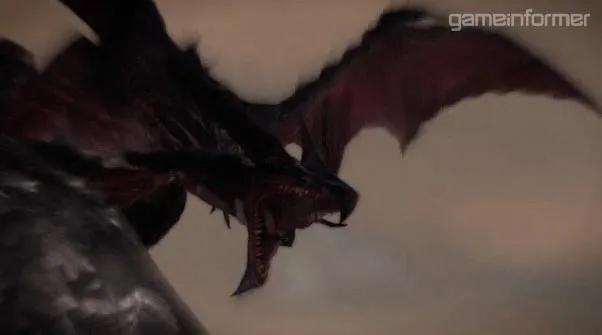
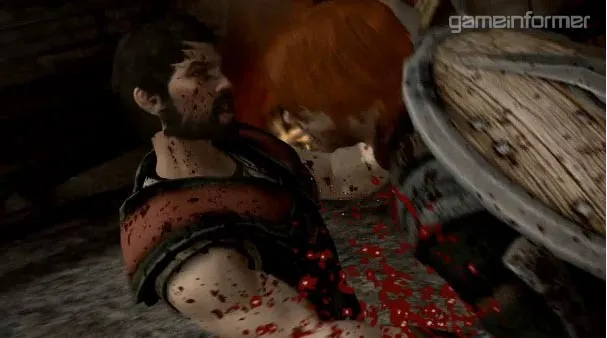
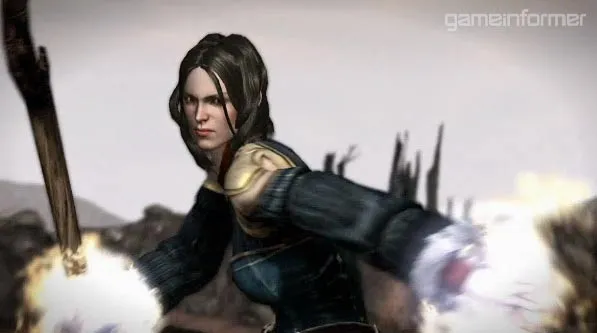
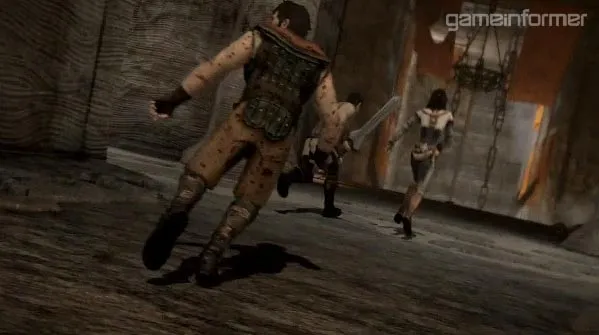
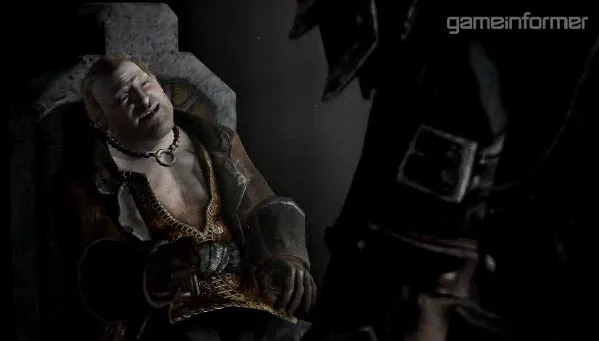
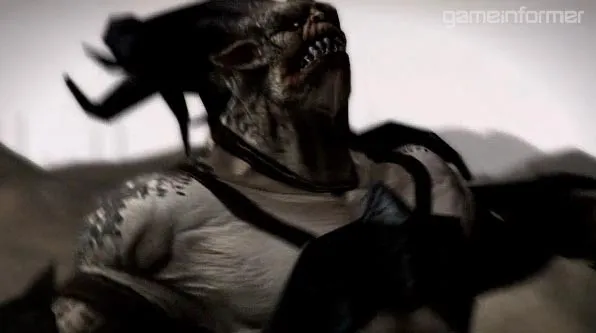
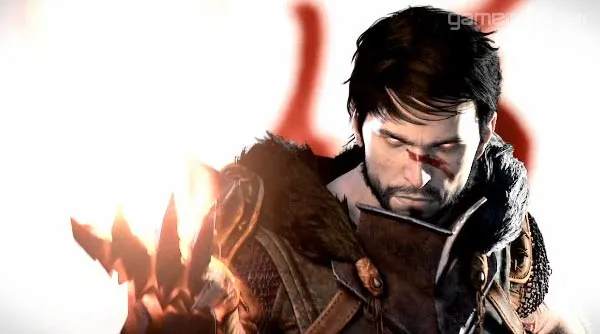
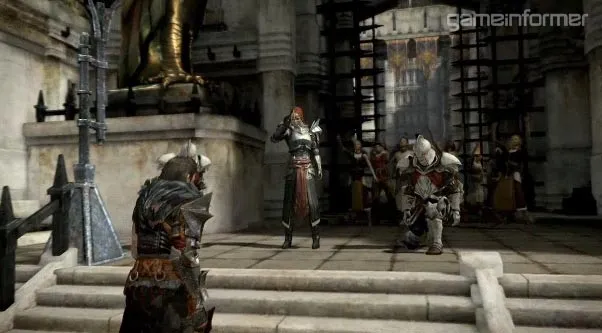
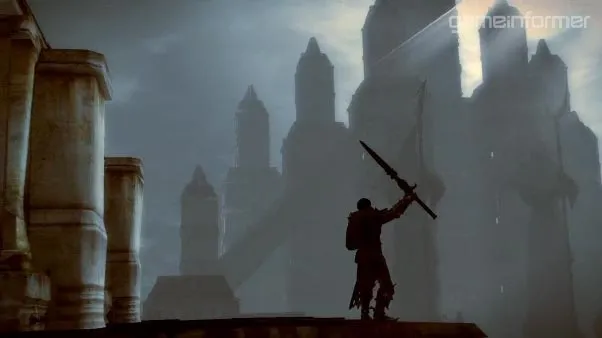
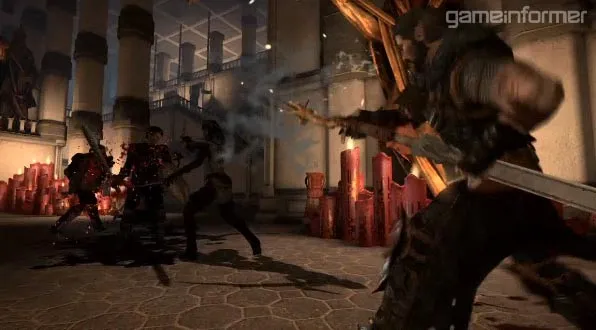
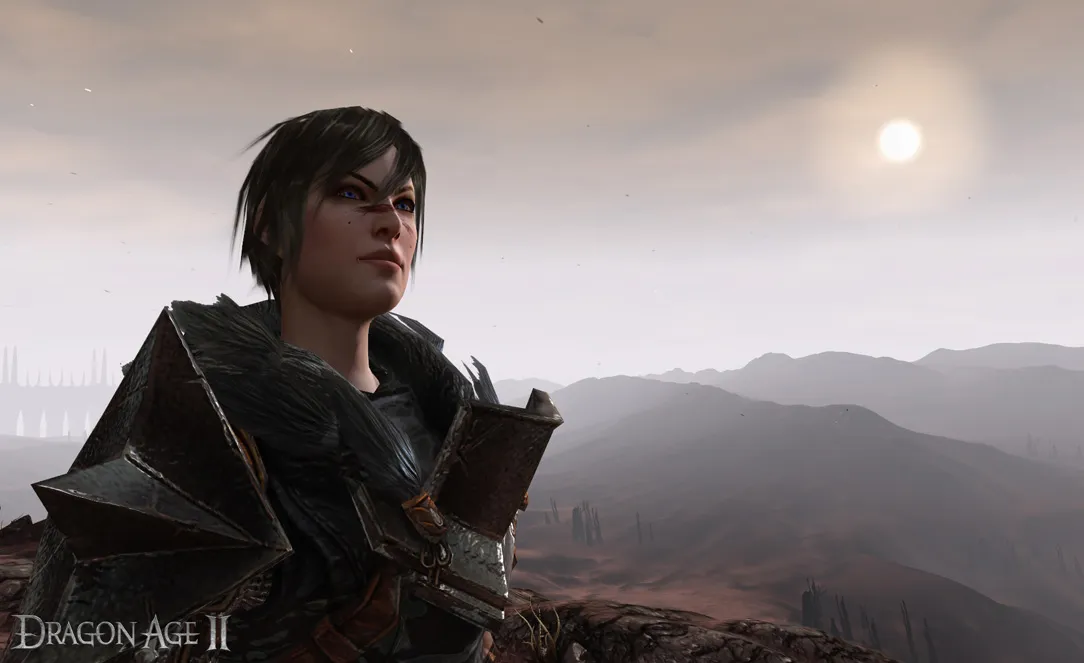
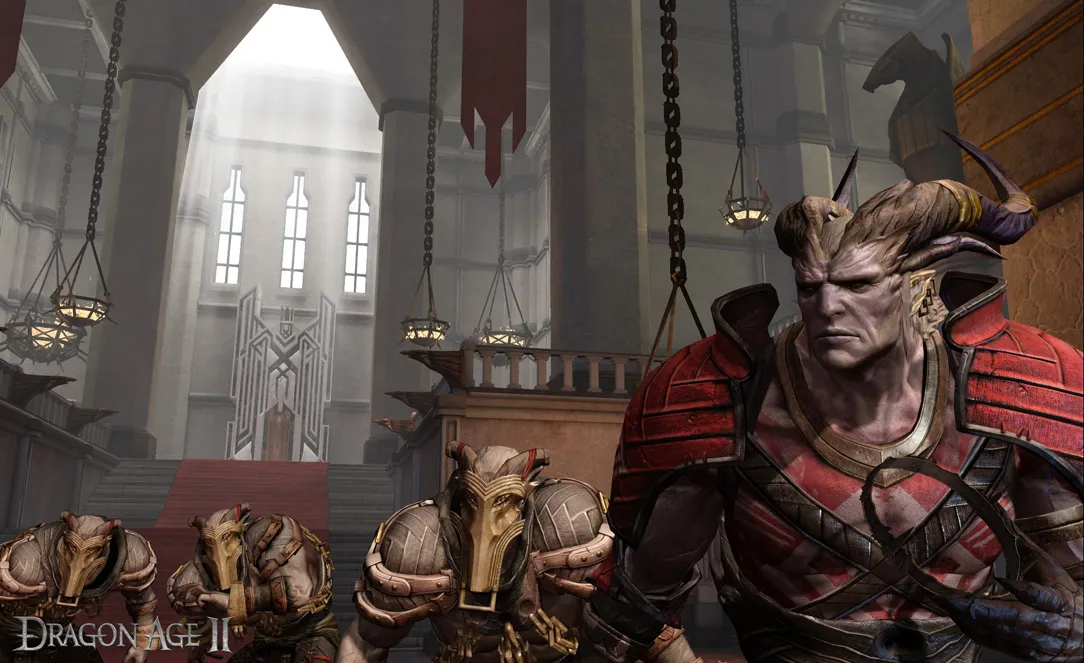

Get the Game Informer Print Edition!
Explore your favorite games in premium print format, delivered to your door.
- 10 issues per year
- Only $4.80 per issue
- Full digital magazine archive access
- Since 1991
